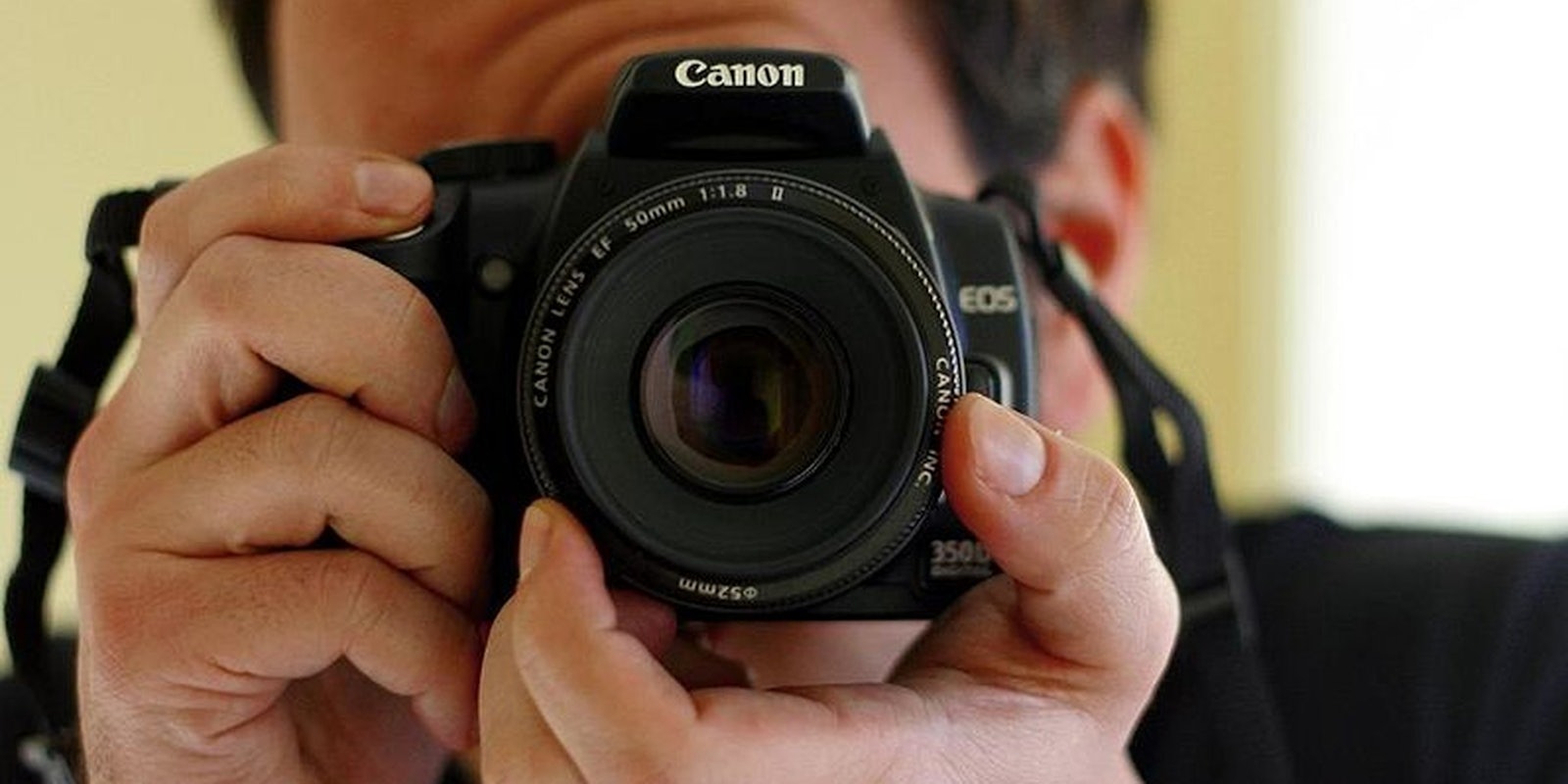Getty Images is one of the largest stock photography companies in the world. The company’s revenue comes from people and businesses paying to use Getty’s vast store of images.
So why did Getty Images just decide to give away 35 million of those photos it formerly made money licensing?
The company changed its policy today to allow the use of its images free of charge, so long as they embed the images using code provided and the images are used for non-commercial purposes. This embedding process will allow websites to feature Getty pictures in the same way they include YouTube videos, tweets, and Facebook posts.
Here’s what the embedded posts look like:
Ordinarily this photo of a man pooping could’ve cost up to $699. Yet here it is. This is quite the departure from Getty’s previous policy of aggressively pursuing people who have used their images without paying for them.
Getty did have an understandable reason to hound people who used its images without paying up, seeing as it was, up until today, a business that relied on those payments to survive. Getty plans to make money in the same way YouTube does on these embedded posts. The company will be able to place ads and collect data through them.
Of course, it’d be very easy to circumvent the embedding rule, since anyone can just screenshot the images and upload the screenshot. Getty knows this; Craig Peters, a business development exec at Getty Images, admitted as much to The Verge.
“Look, if you want to get a Getty image today, you can find it without a watermark very simply,” he told them. “The way you do that is you go to one of our customer sites and you right-click. Or you go to Google Image search or Bing Image Search and you get it there. And that’s what’s happening… our content was everywhere already.”
But Getty is guessing enough digital publishers will choose to comply with this new policy to provide an alternative revenue stream.
This is definitely risky, but not ridiculous. And it’s going to enrich articles by providing photography content that was previously prohibitively expensive for certain publishers. That’s good for readers who are tired of seeing the same Creative Commons images over and over.
Whether it will be good for photographers is another matter. The embed includes attribution, but attribution doesn’t pay the bills, son.
H/T The Verge | Photo via (ironically enough) Wikimedia Commons/Nicolás García (CC BY-SA 2.5)


